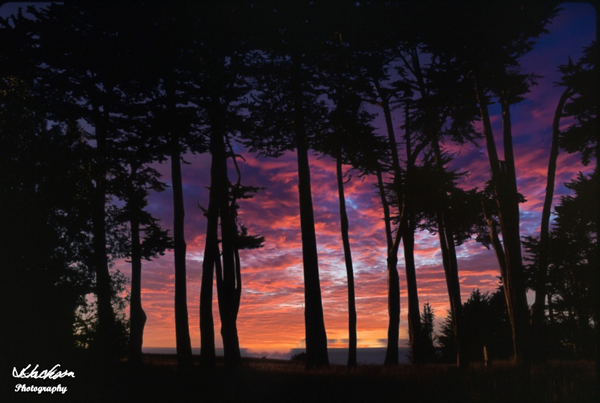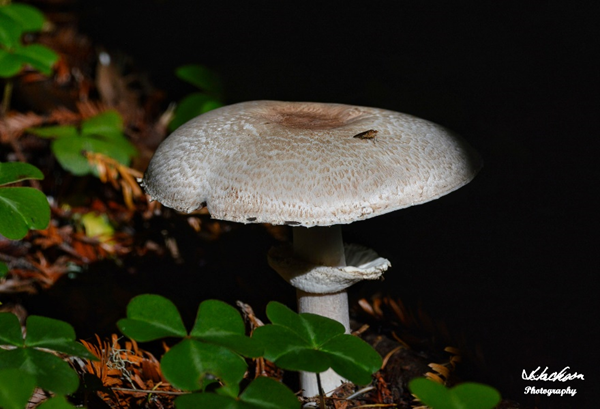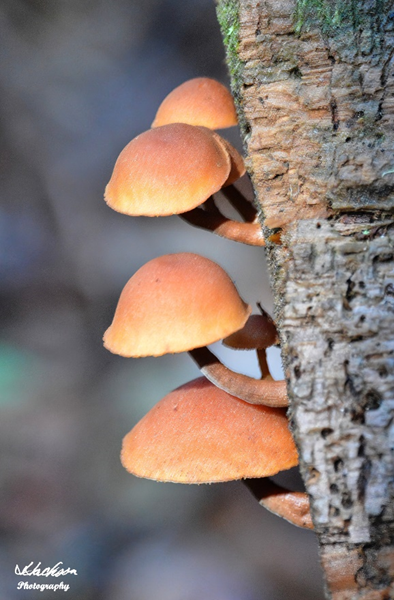The Magic of Mendocino Mushrooms
A walk through the dense
forests of the Mendocino area will fill your nostrils with that familiar smell
of damp forest floors littered with millions of decomposing leaves and other
vegetation. To some, this pungent smell is an odor, to some like me, it is a
fragrant perfume. Here in these damp forests certain flora abounds, like fungi
and mushrooms abound.
Before we go any further, let
me first say that the purpose of this particular blog is to simply show some of
the fungi and mushrooms that I photographed while on a recent excursion to the
Mendocino area. Secondly, I did not show the names of the fungi or mushrooms
for two reasons: 1) I am no expert on them, and 2) some are poisonous and
should only be picked and/or eaten by an expert mycologist (one who is
experienced in molds, yeast, and mushrooms).
In the Mendocino area it is
reported that there are over 3,000 diverse types of mushrooms of which some five
hundred or so are edible. Some look so delectable that one might be tempted to
eat one, however, even though it looks like a salted pretzel, it can be extremely
dangerous as many varieties can make you extremely sick or even kill you if
they are ingested.
In the Mendocino area there are several festivals and
guided excursions that you can attend or join to get a better understanding of
those mushrooms that can be eaten and those that should only be observed or
photographed.
In addition to toxic and poisonous mushrooms there are also
the Psilocybin mushrooms, commonly known as magic mushrooms, which may have an
unpleasant affect if eaten.
The hallucinogenic species of
the Psilocybe genus have a history of use among the native peoples of
Mesoamerica for religious communion, divination, and healing. After the Spanish
conquered the Americas, the Catholic missionaries forcefully eliminated many of
the cultural traditions, including the use of mind-altering mushrooms. The
Spanish thought that the mushrooms allowed the native people to communicate
with spirits and demons which greatly went against their own communications
with Catholic spirits and demons. In more resent time Psilocybin mushrooms are
also used as recreational drugs.
So, how do mushrooms grow? For
one, they do not grow from seeds but rather from spores which are impossible to
see with the naked eye unless you do what is called a spore test. They don’t
like regular soil and they prefer the environment found on damp forest floors
that is made up of decomposing leaves, wood, straw, etc. Spores are
released from the gills that are under the cap of a mushroom. When the spores
are mixed with nutrients this is called mushroom spawn and is somewhat like
sourdough starter.
All right, so what is the difference between mold, fungi,
and mushrooms? This may be a bit confusing but to start, mold is a type of
fungi and mold is part of the group of fungi. Fungus are in the kingdom which
includes several types of fungus such as mold, mushrooms, and yeast.
Previously we mentioned spore
prints. This is a method to help identify a specific species of mushroom and is
especially useful in seeing the actual difference of species where one may be
eatable and another that looks identical in appearance may be dangerously
poisonous. There are many sites on the internet where you can educate yourself
on the various mushrooms and their applicable spore print.
Making a spore print, however,
is a simple exercise. First, find a mushroom, remove the cap and lay it with
the gills facing downward on a piece of paper. Leave it for 24 hours and then
gently remove the mushroom cap. Where the mushroom once laid, there is now an
exquisite print of the spores that that particular mushroom produces.
If you plan to go to the Mendocino region, whether it be
for the magnificent coast or the famous glass beach or the Skunk train or
simply a fun getaway, make sure that you explore at least one of the many
forested areas and look for natures gift – the magical mushroom. It will be
worth the time and will add another drop in the bucket.
All photographs are the copyright of Jim Jackson Photography. Please contact me with any questions, comments, or authorization to use photos or for signed, high-resolution prints.
If you found this article useful, please like,
share, and follow.













Comments
Post a Comment